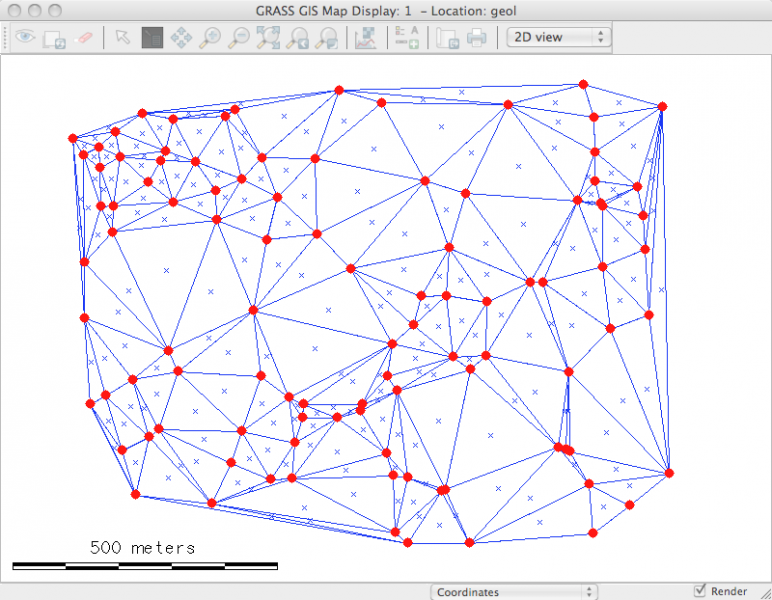

Landsat data comes in UTM coordinate reference system, we’ll need to re-project The mapset, we’ll limit the import with extent=region. Only interested in the region defined by the Landsat bands already present in In this case, we’ll keep this option, but since we are Now that we have downloaded the Landsat scenes, we need to import them into GRASS GIS.įor that purpose we use the second module in the toolset:īy default, it imports all Landsat bands within the scene files found i.landsat.download settings=credentials.txt \ Only one found with the search criteria we set. We’ll download the scenes from Maand February 27, 2020, which is the I.landsat.download -l settings=credentials.txt \ We’ll first use the -l flag to only list available Landsat data. Of the year, but in this example, for 20. Hence, to perform change detection we should search for scenes from the same time If we have a look at the metadata, the Landsat 7 data already in the sample location Note however that the area of interest can be optionally In this example, we will retrieve scenes which footprint intersects the currentĬomputational region extent.
#Types of modules grass gis install
Next step is to install the i.landsat toolset viaĪllows to search and download Collection 1 Landsat TM, ETM and OLI data from USGS Region to one of the existent landsat bands there: # start grass in landsat mapset We first start GRASS GIS and set the computational
#Types of modules grass gis full
We will work in the landsat mapset within the North Carolina full If you are not yet registered, please see the I.landsat toolset and its integration with other GRASS GIS core modulesĪnd add-ons for a full workflow to process Landsat data. In this tutorial, I’ll exemplify different uses of the freshly created


 0 kommentar(er)
0 kommentar(er)
